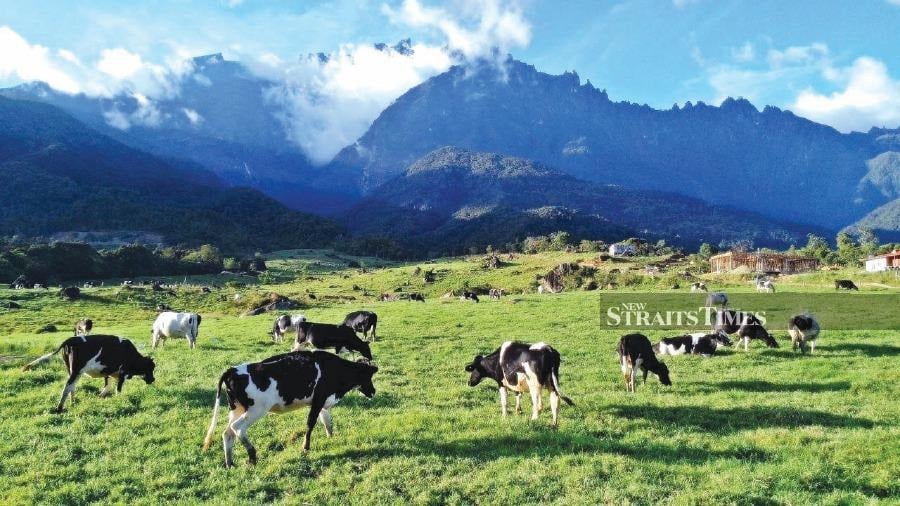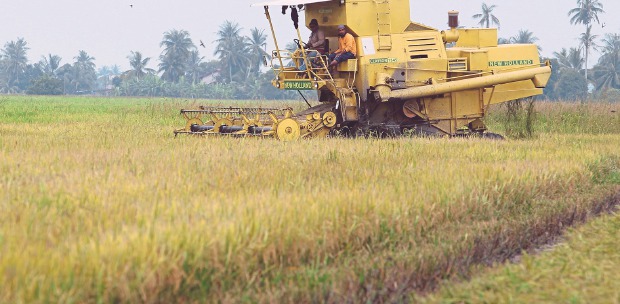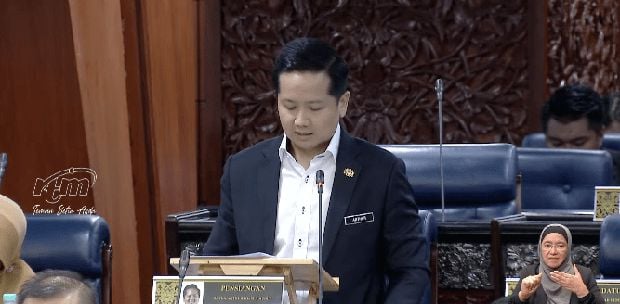A SELF-SUFFICIENT country is where the country is able to produce or make everything that it needs. For some, this seems like a form of de-globalization by minimizing the economic and social relationship between countries.
From another angle, a self-sufficiency policy may not be favoured for various reasons from economic advantage, to geography and resources. As for Malaysia, some of these reasons may contribute to the practice of an open economy policy — where full self-sufficiency is not practical for the time being.
In general, a country has the option to sell and obtain a variety of goods and services at competitive prices once it implements an open economy policy. However, the situation becomes challenging when producing countries alter their export policies or experience any crisis that threatens the supply chain.
Hence, the situation becomes much more difficult for countries that have a high dependence on imported food.
Currently, India accounts for about 40 per cent of global rice exports. Due to declining domestic production, India imposed a ban on rice exports last September. Even so the ban has been lifted, it was assumed to affect several countries in Asia.
On the other hand, Malaysia still needs to catch up as it produces rice at a self-sufficiency rate of 65 per cent in 2021 compared with the target, 75 per cent set in the 12th Malaysia Plan (2021-2025) (Department of Statistics Malaysia, 2022).
Like most countries, Malaysia is also experiencing a high inflation rate today. Inflation for the period of January to October 2022 increased by 3.3 per cent as compared with the same period of the previous year which was mainly attributed by the food and non-alcoholic beverages (5.5 per cent); transport (4.6 per cent); and, restaurants and hotels (4.6 per cent) (Department of Statistics of Malaysia).
Supply and Utilization Accounts Selected Agricultural Commodities 2017-2021 report showed that commodities including round cabbage, chilli, beef and mutton indicate a huge number of imports from abroad. Therefore, we can expect that prices heavily depended on the producers.
While commodities such as chicken meat, chicken and duck egg show oversupply from domestic production, sometimes they experience deficit and increase in price due to festive season, non-strategic production schedules, panic buying, strategic move by the suppliers and others which indicate some destructive mechanism in the domestic market.
Such volatility in the agriculture production price causes hardship to the underprivileged, since people still need to eat regardless of differences of economic level.
In an economy, increase in the price of staple food leads to increase in inflation as a whole. This is why Malaysia must at least aim for staple food self-sufficiency and put aggressive efforts in the agriculture sector.
In the Quran, Allah SWT states, "And We have placed in it gardens of palm trees and grapevines, and caused springs to gush forth in it, so that they may eat from its fruit, which they had no hand in making. Will they not then give thanks?" (Yaasin: 34-35).
The Prophet PBUH says, "never does a Muslim plant (gharasa) a tree (shajarah), and a person or animal or bird partakes of it, except that it becomes for him a charity" (narrated by Bukhari, Muslim and Termidhi).
In this regard, there is no actual loss if we focus our efforts on the agriculture sector as much as on other economic sectors.
Malaysia has a great potential to develop agriculture activities. Not only to fulfil domestic demand, but also to explore the potential at global level. Seeking employment in the sector must be rebranded and restructured to attract more individuals, especially the younger generation to reduce dependence on foreign workers.
To do that, we have to induce more specialist training, offer certification, share resources and mentor the pioneers. In addition, we are hoping to stimulate urban–suburban/country migration, especially among the young people.
Meanwhile, issues related to land exploration, pollution and land redemption must be dealt with courtesy and efficiency by the relevant agencies. Efforts in pursuing staple food self-sufficiency must also be balanced and not cause harm to man and nature.
At the end of the day, the aim for staple food self-sufficiency is not just to manage inflation, but also to meet the national food security reserve; create more jobs from various levels in the field; encourage creativity and innovation; and, increase potential international trade.
It is time for us to focus more on agriculture sector which has the potential to improve and strengthen the economy.
The writer is senior researcher at the Centre for Economics and Social Studies, Institue of Islamic Understanding Malaysia (IKIM)





